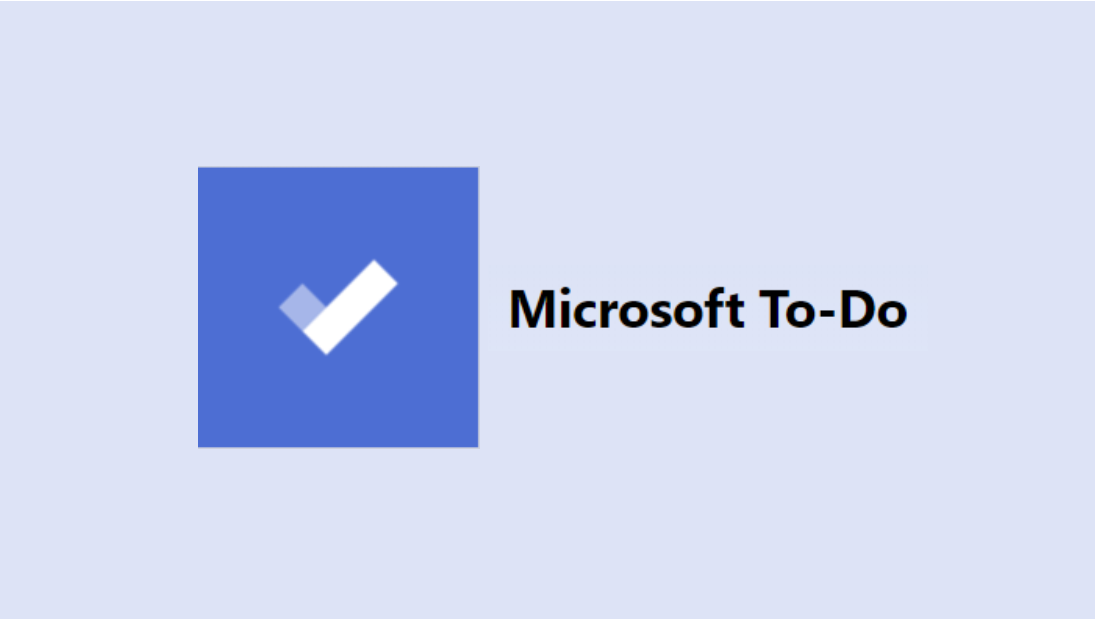
You can add all of the following details to any task in Microsoft To Do. This is where you’ll likely spend most of your time in Microsoft To Do, so it’s worth exploring first. When you select Planned in the left navigation pane, you’ll see all tasks due today, as well as upcoming tasks. For example, in the My Day view, you can select Today at the upper right of the window to see all tasks that are either due or you’ve set a reminder for, organized by date. The right side may also contain some items. The center panel is where the tasks will be listed whenever you select any view in the left navigation pane. Lists: The entire bottom of the left navigation panel includes all of the lists you’ve created to organize your tasks.Tasks: Any tasks you’ve added using the Microsoft Tasks app.Assigned to you: See tasks that other Microsoft To Do users have assigned to you using your email address.Planned: All of your tasks, sorted in order by date due.Important: Flag important items, no matter when they’re due.My Day: Where you assign the most important tasks from your lists that you need to get finished today.This could even include Azure task boards and external MS products such as Jira which demonstrates the capability is there, its just not included in the core product yet.Let’s explore the left navigation pane, one section at a time. As long as Solutions are used to overlay customisation, we wont be impacted when MS release new updates of the core product. This is missing today, however with some development, this can already be added if a business wishes to do so. I see 'To Do' and the 'Tasks app in Teams' being the central work queue for people, which is where MS need to include this so all task related activity is in some kind of users "Task Hub" Too many places to view the same requests and actions being assigned to the user. I agree however, that we need MS to take account for how the user experience is evolving, and tasks being a huge part of the day to day operation for many is somewhat lacking when working on local team tasks, own tasks, or projects. Once the customisation is deployed and published, all activity is then managed through the flow, which is where the correct parameters need to be in place so it uses the correct inputs to create the right outputs. The Dataverse is the same tables used by everyone in that tenant so again, this is not limited to a user activity unless done so in the flow.

This doesn't need to be done on a user-by-user basis and can be administered by multiple people by sharing ownership to the cloud flow. These flows can indeed be deployed at an enterprise level. When the P4W product is deployed to your tenant, it can also be overlaid with a Solution that holds a cloud flow.


 0 kommentar(er)
0 kommentar(er)
